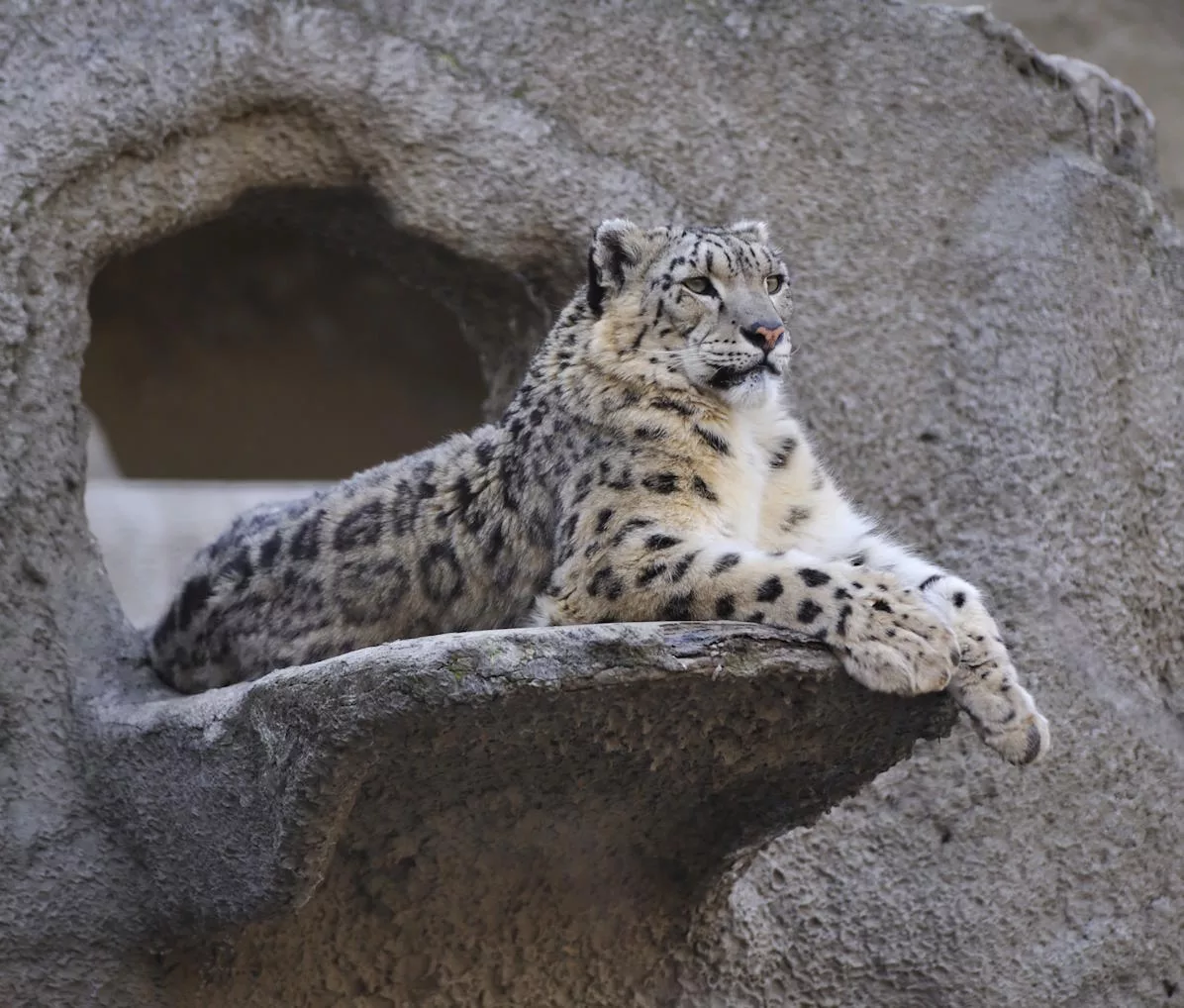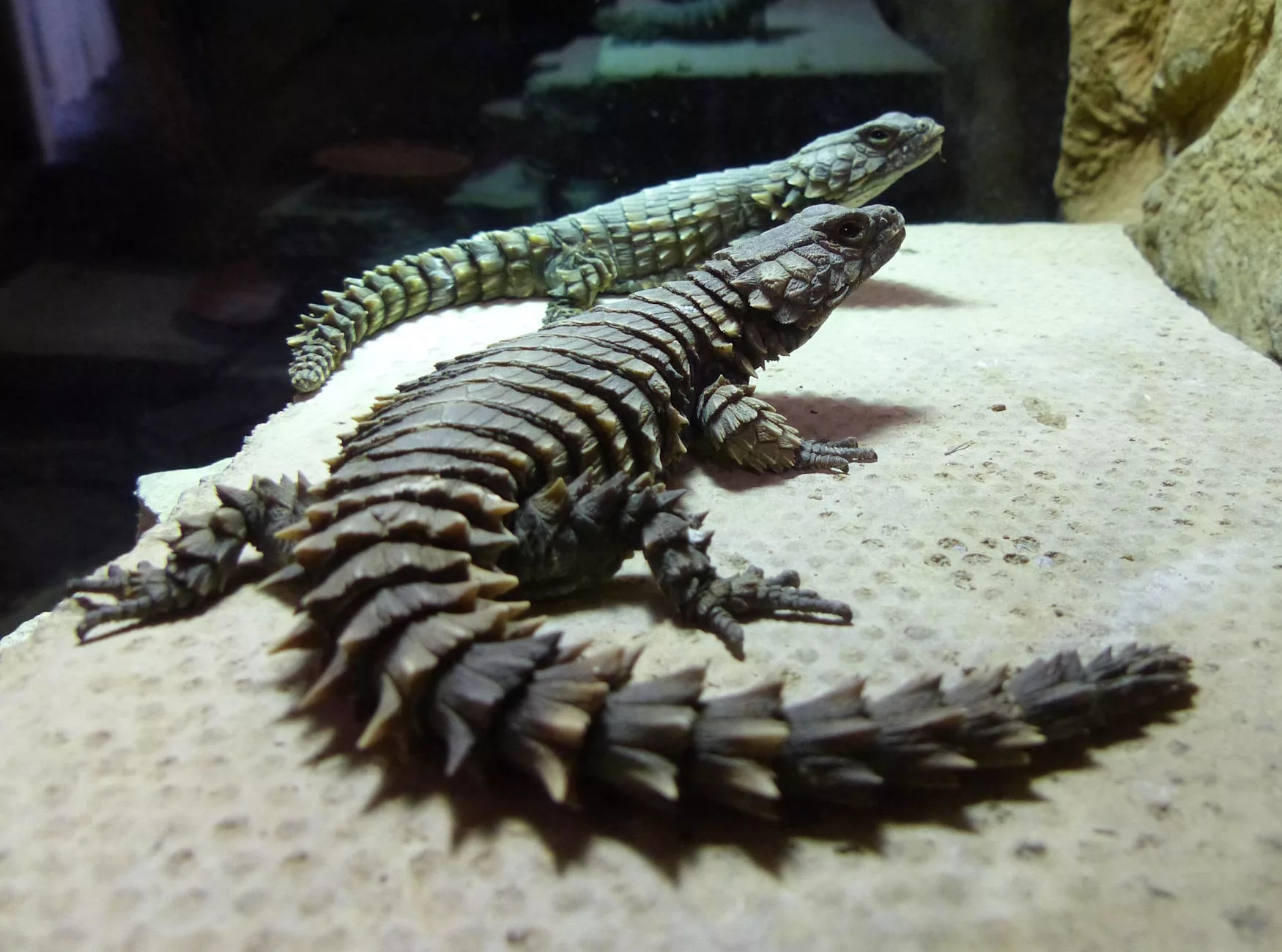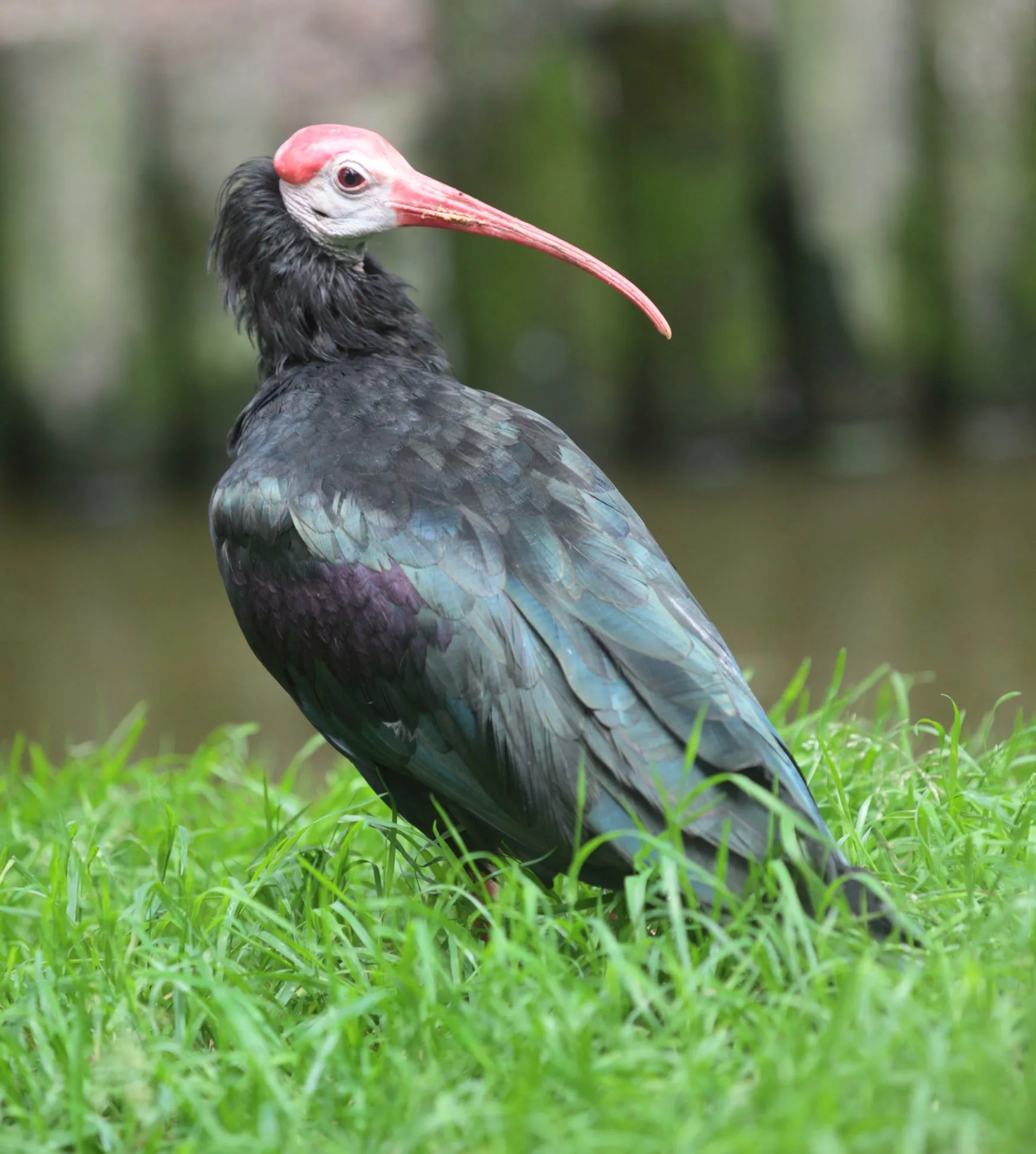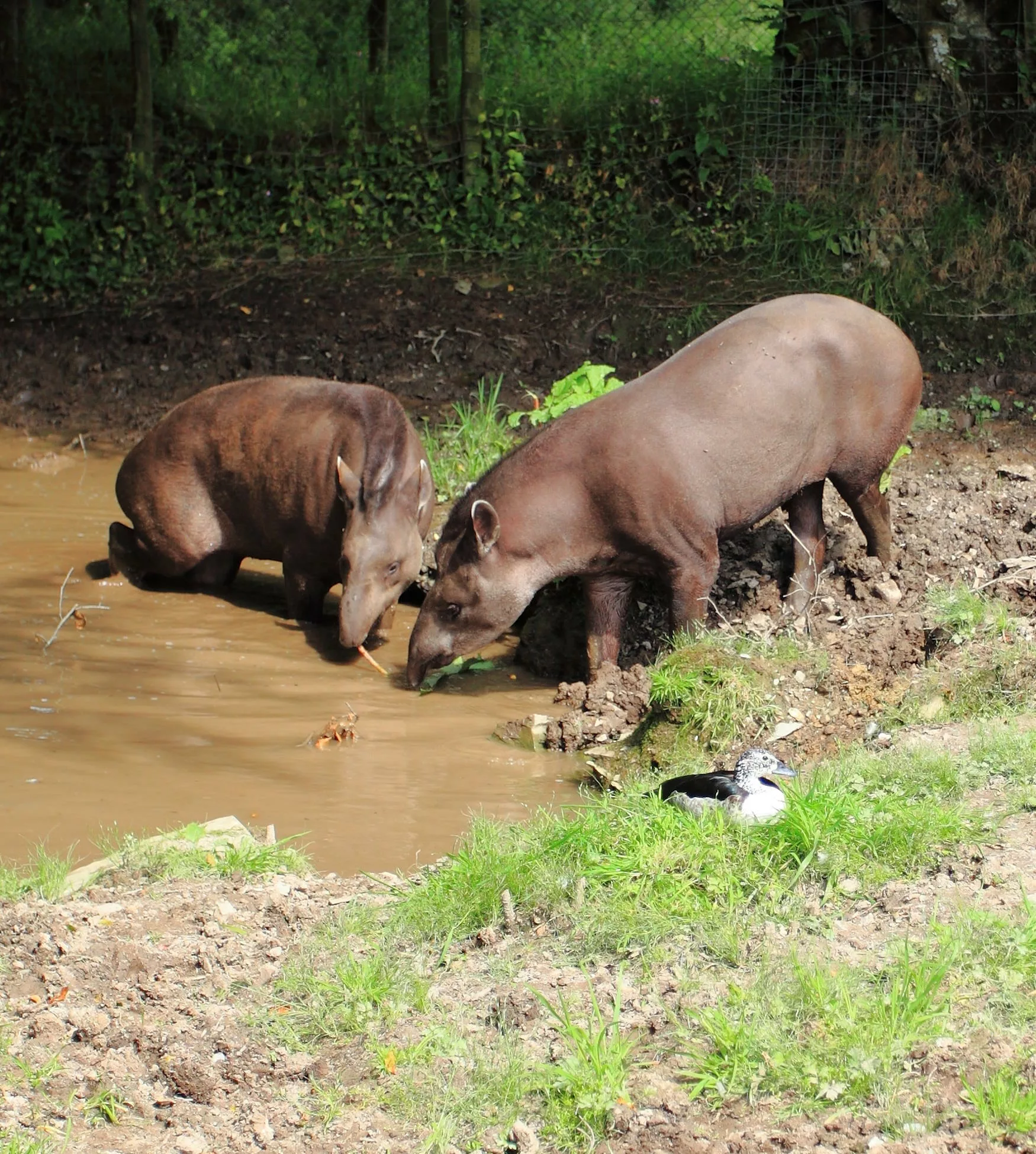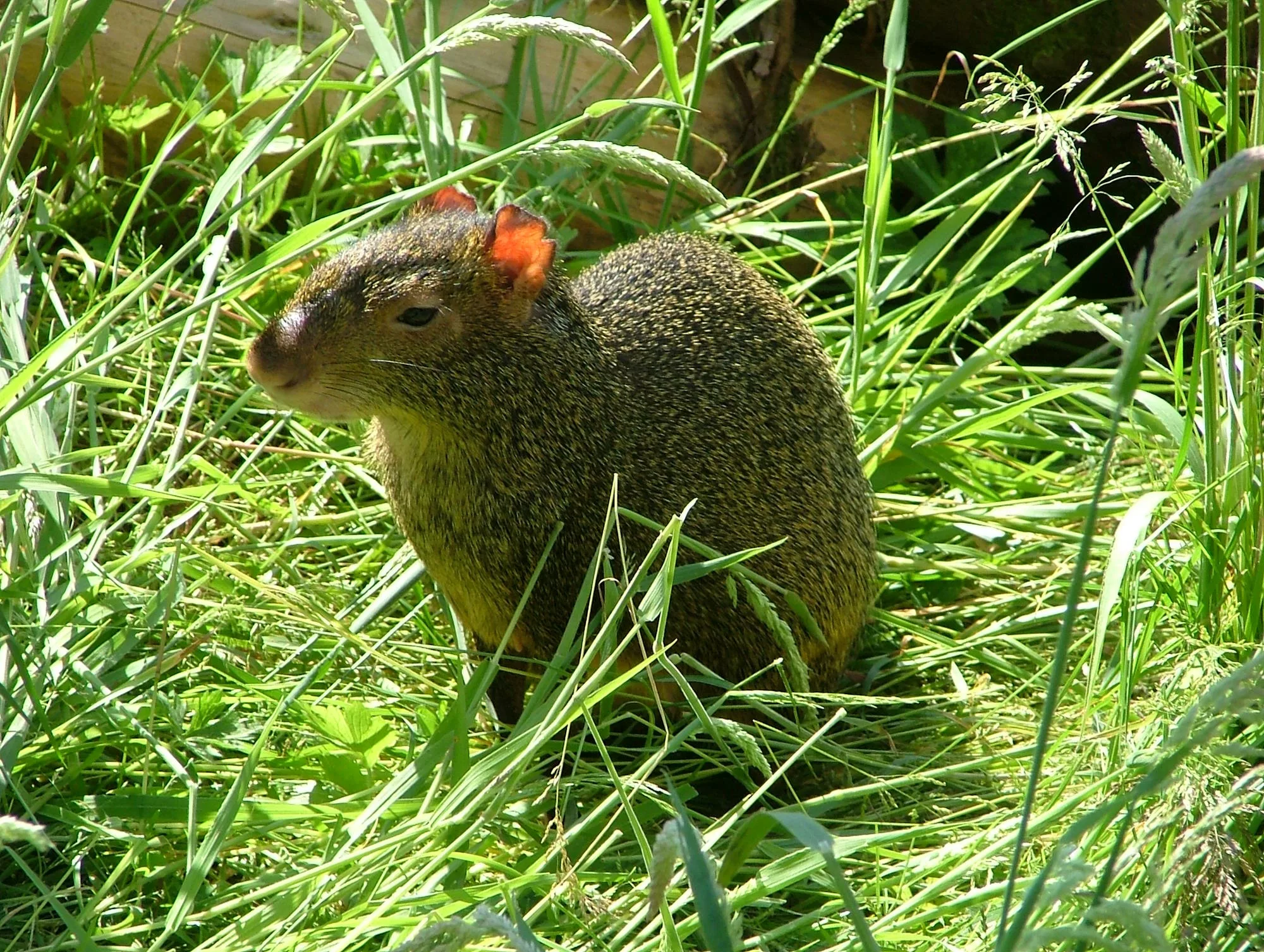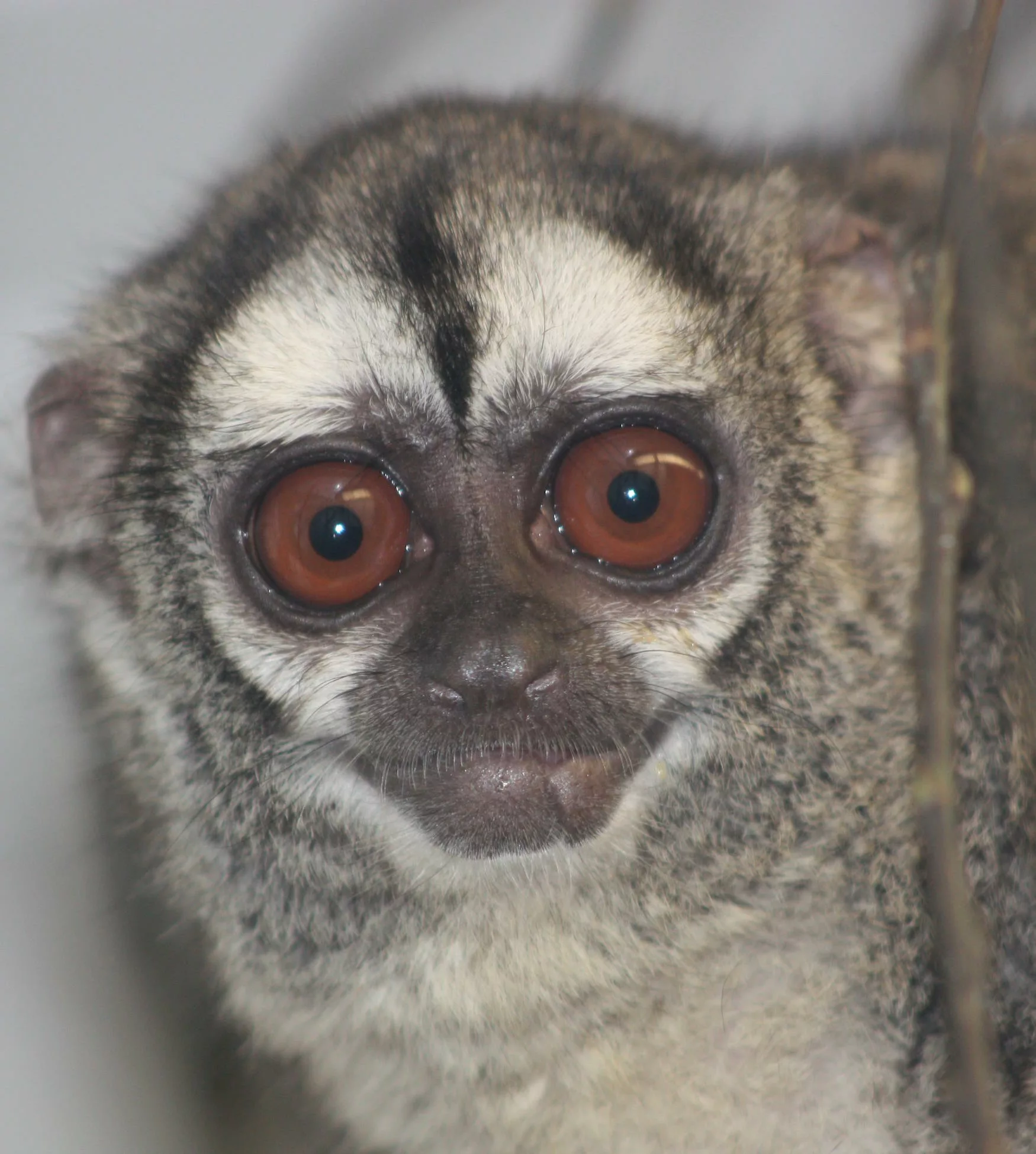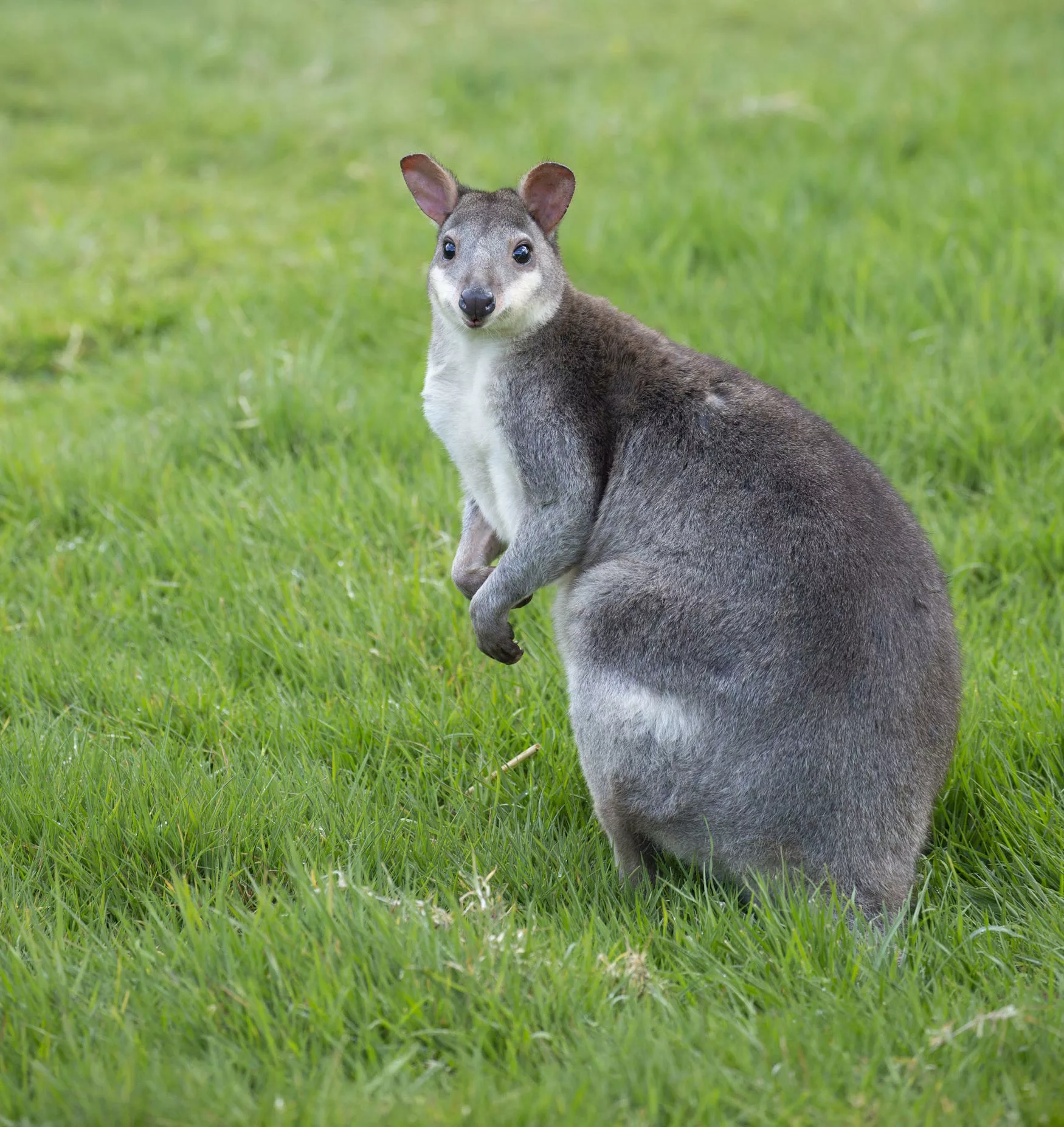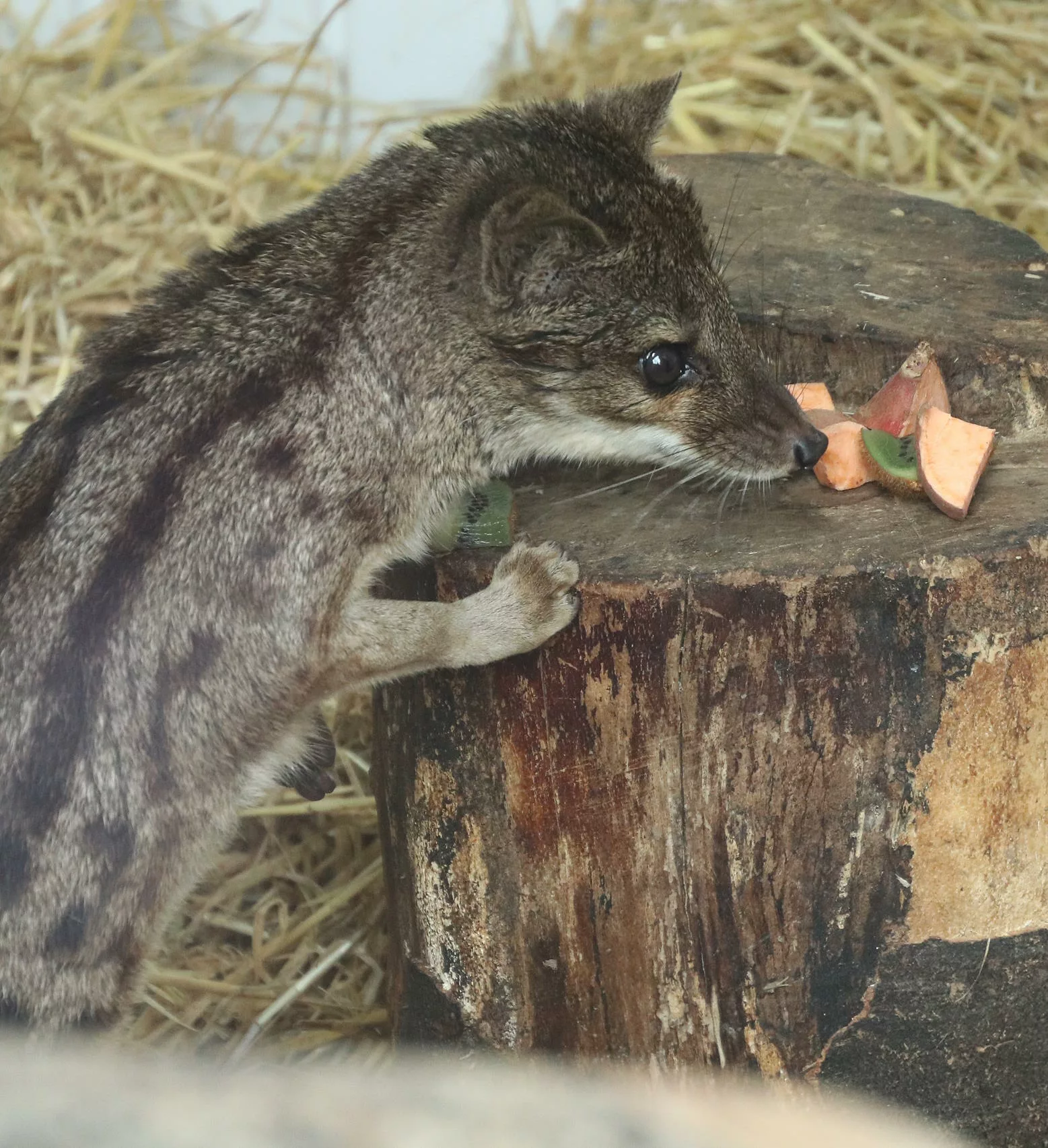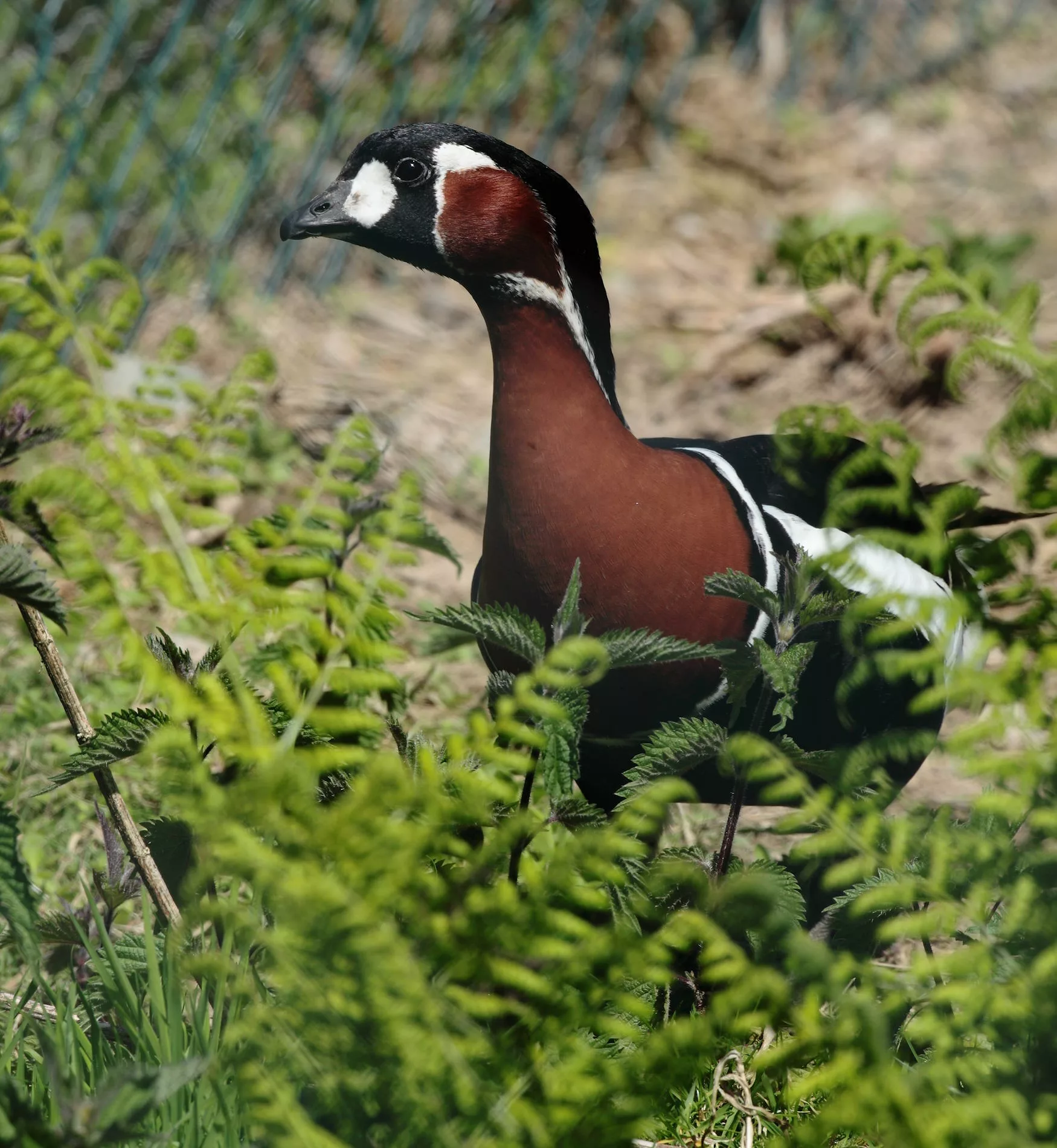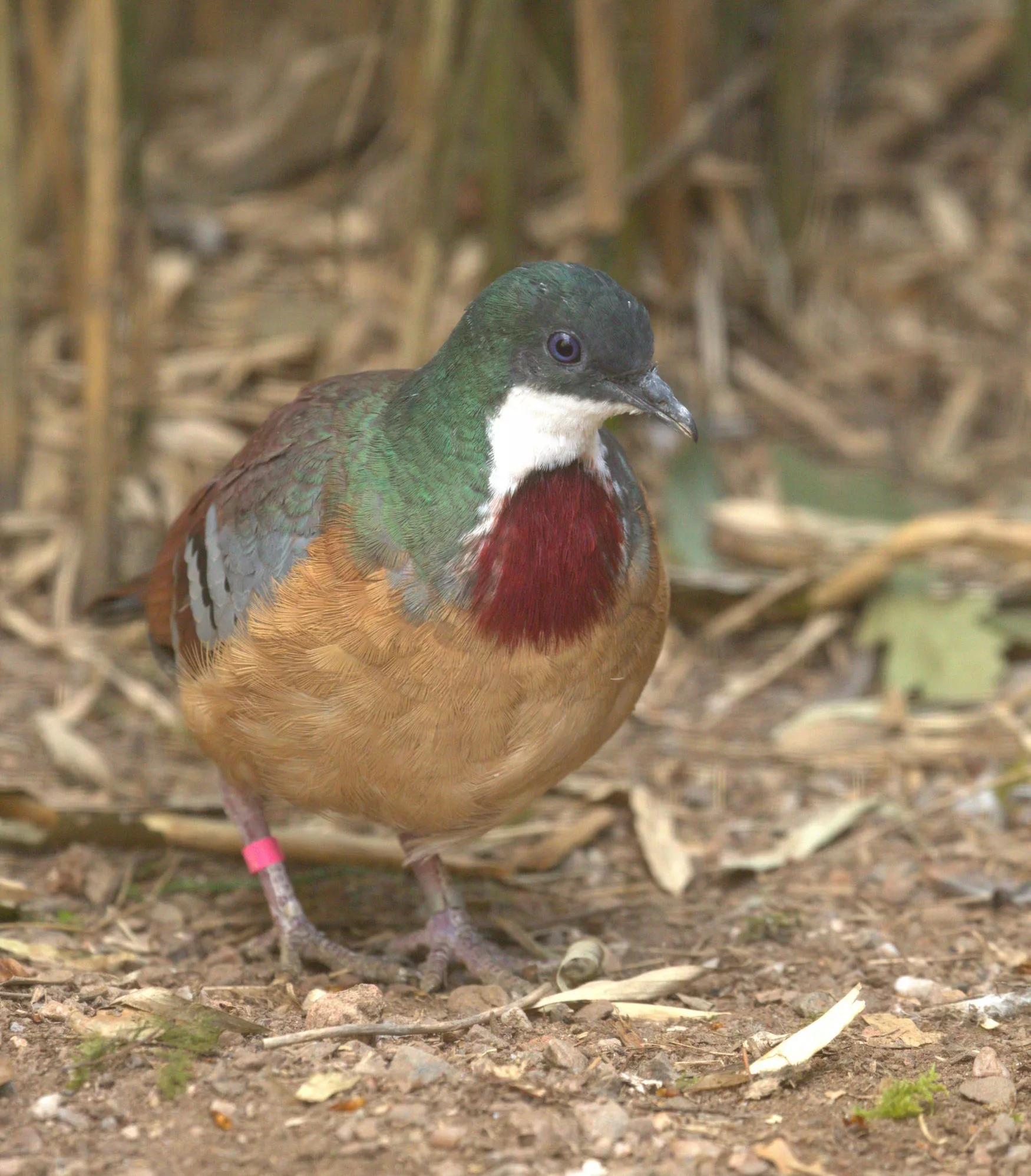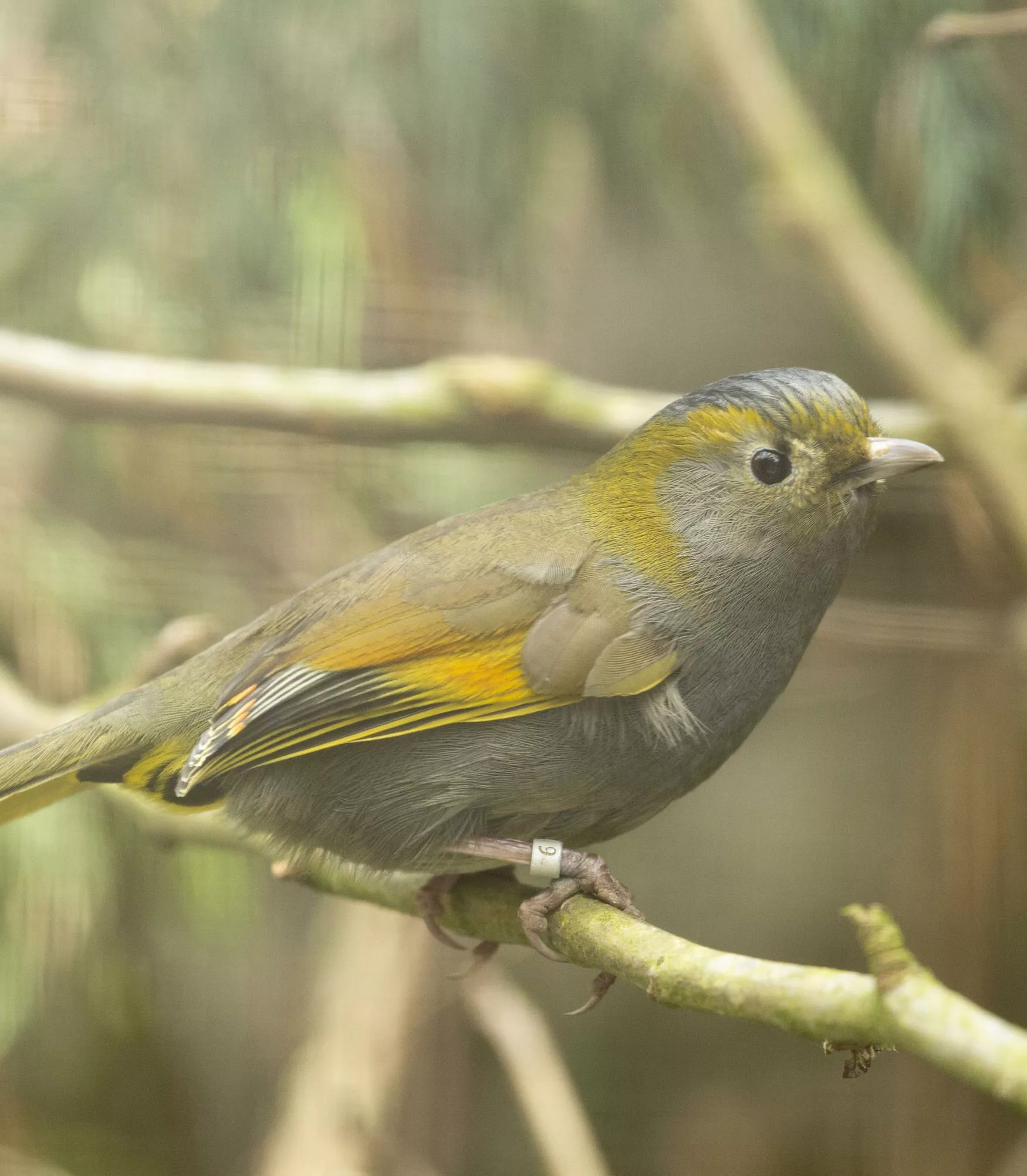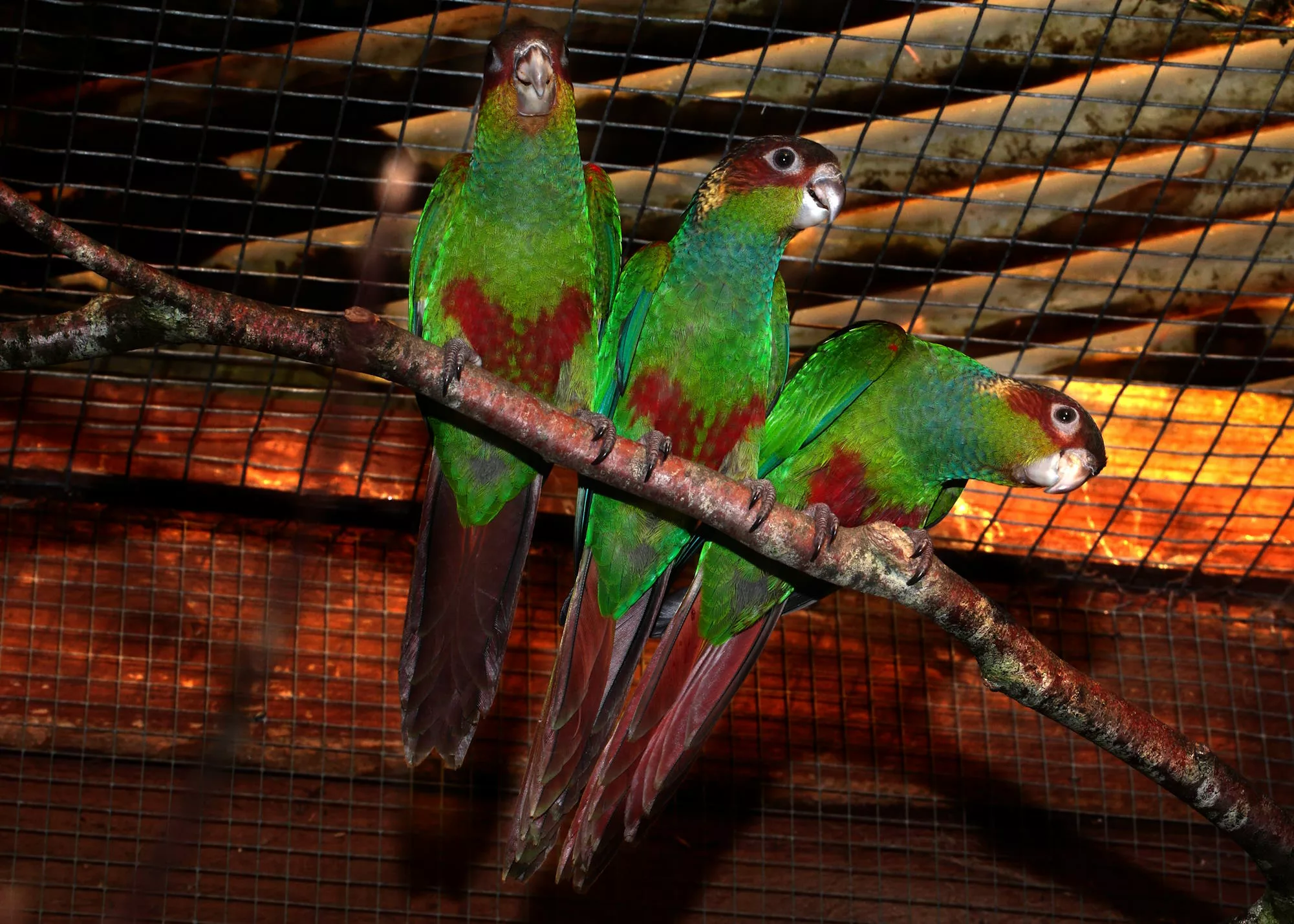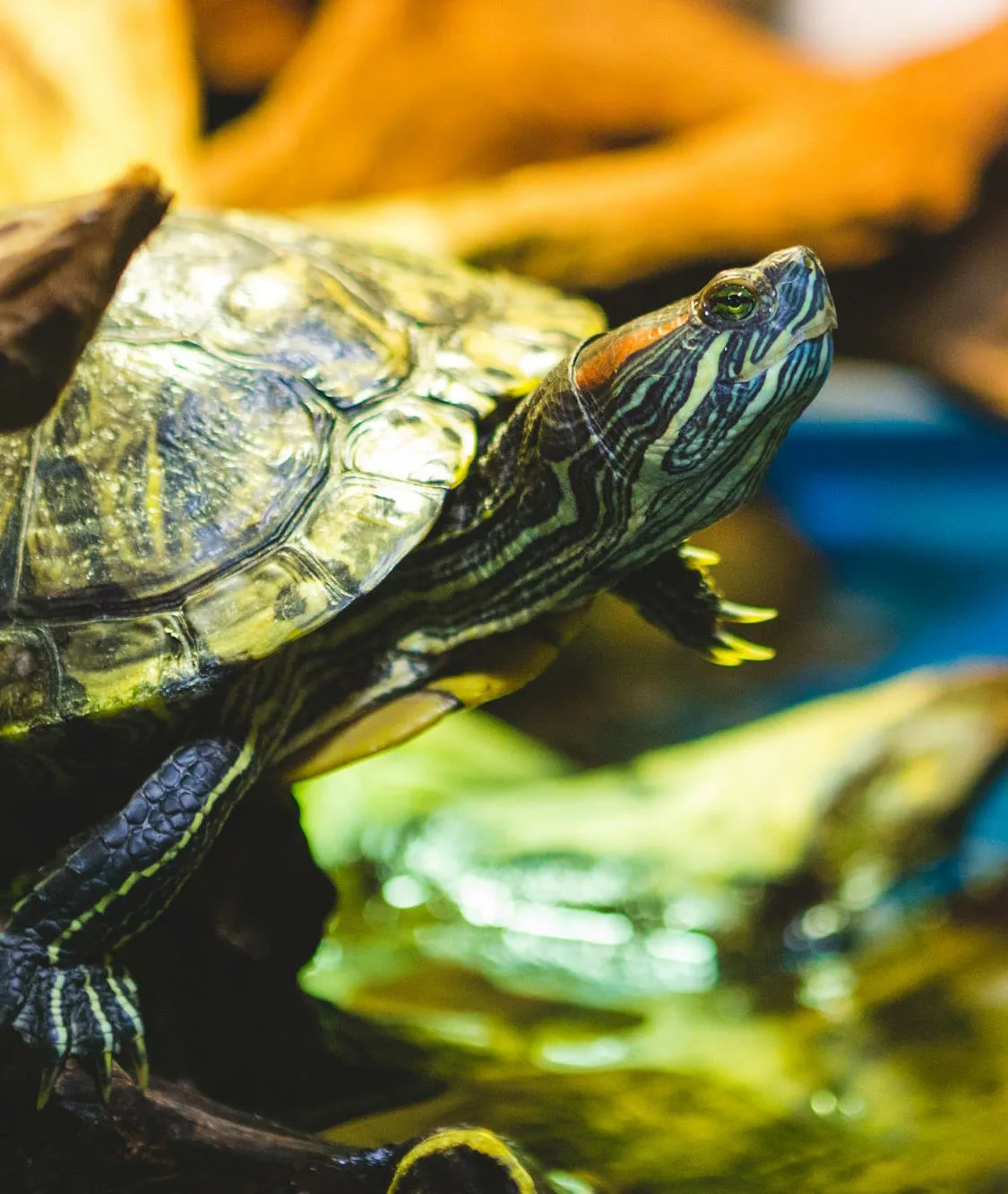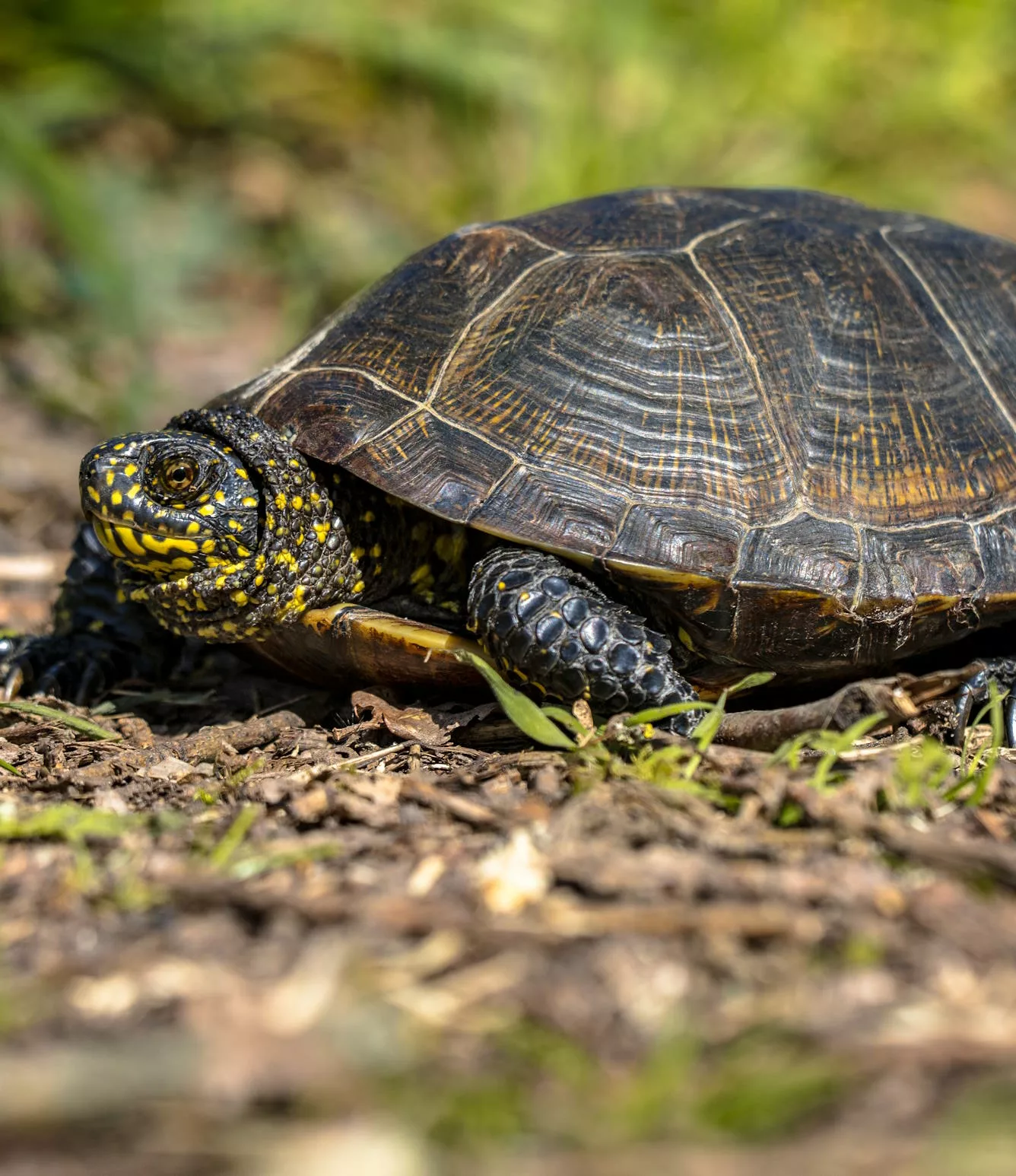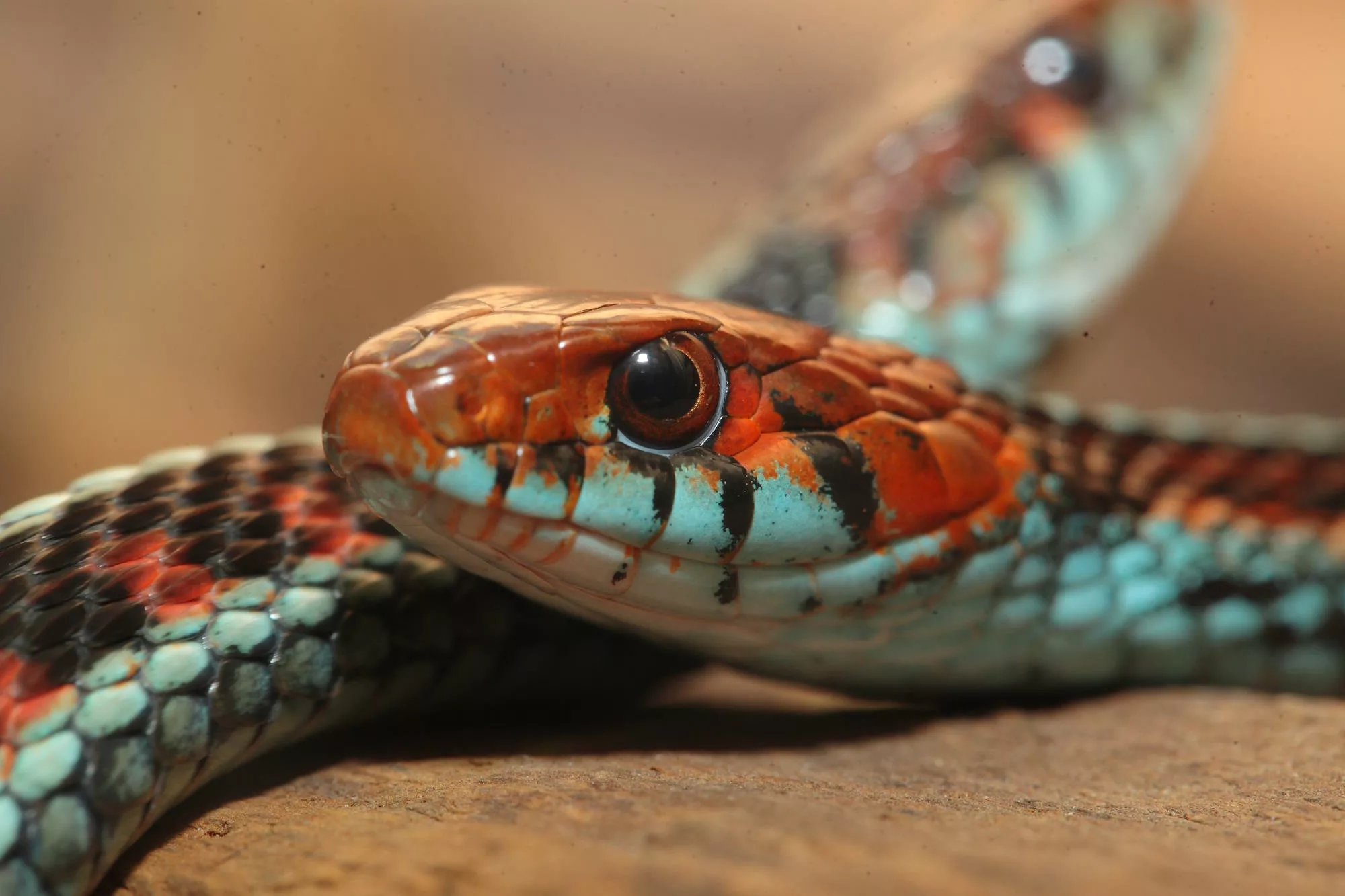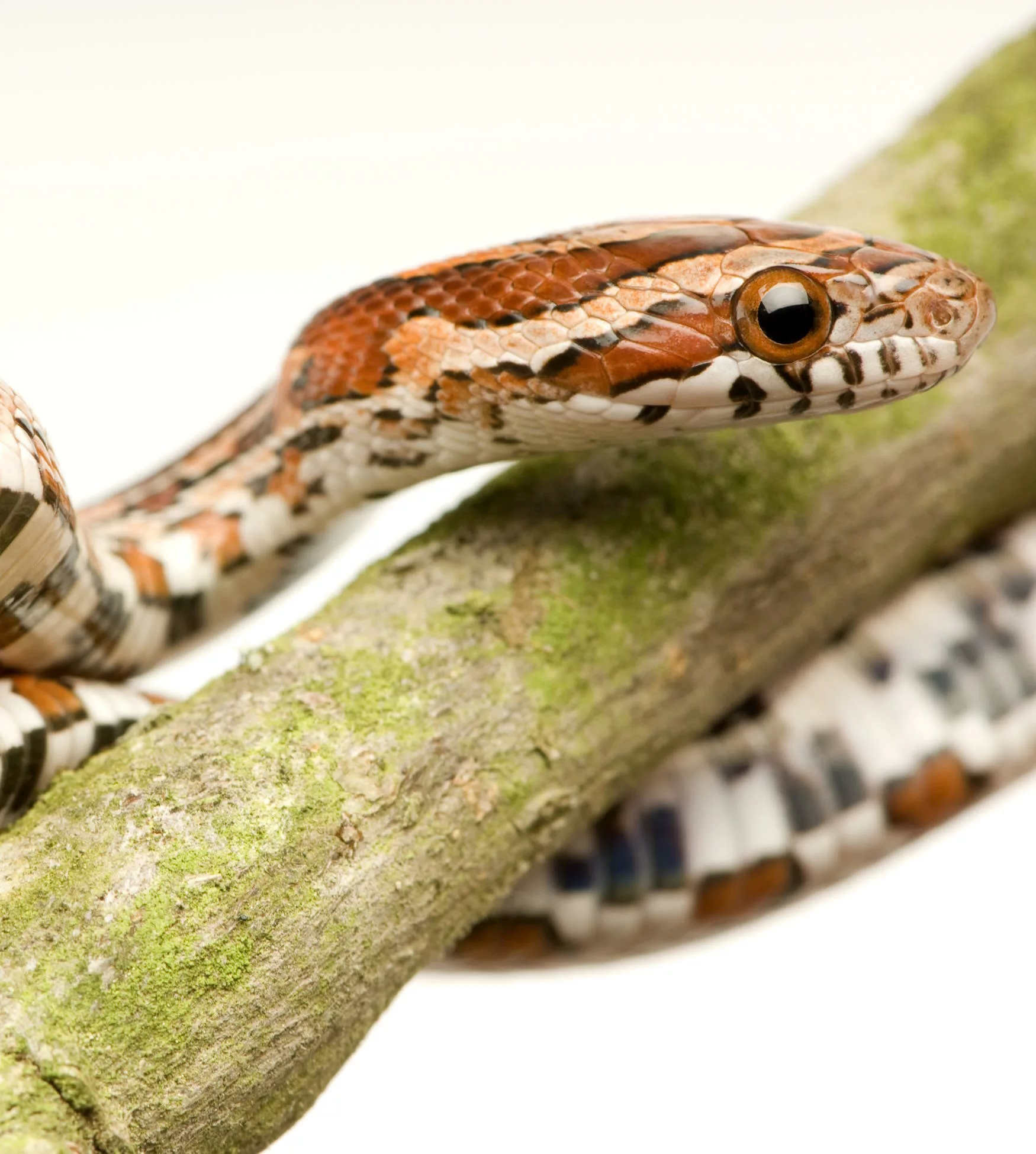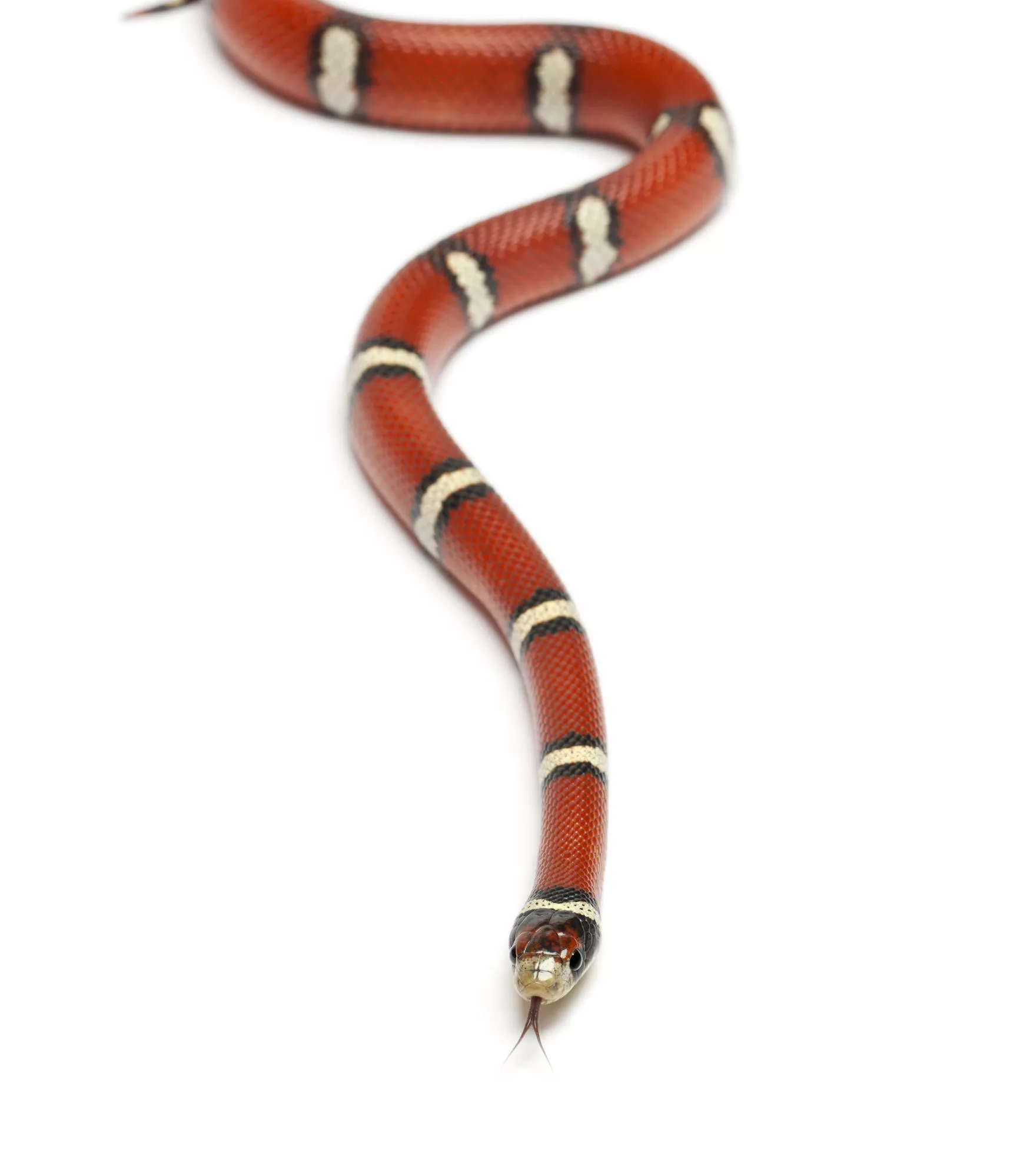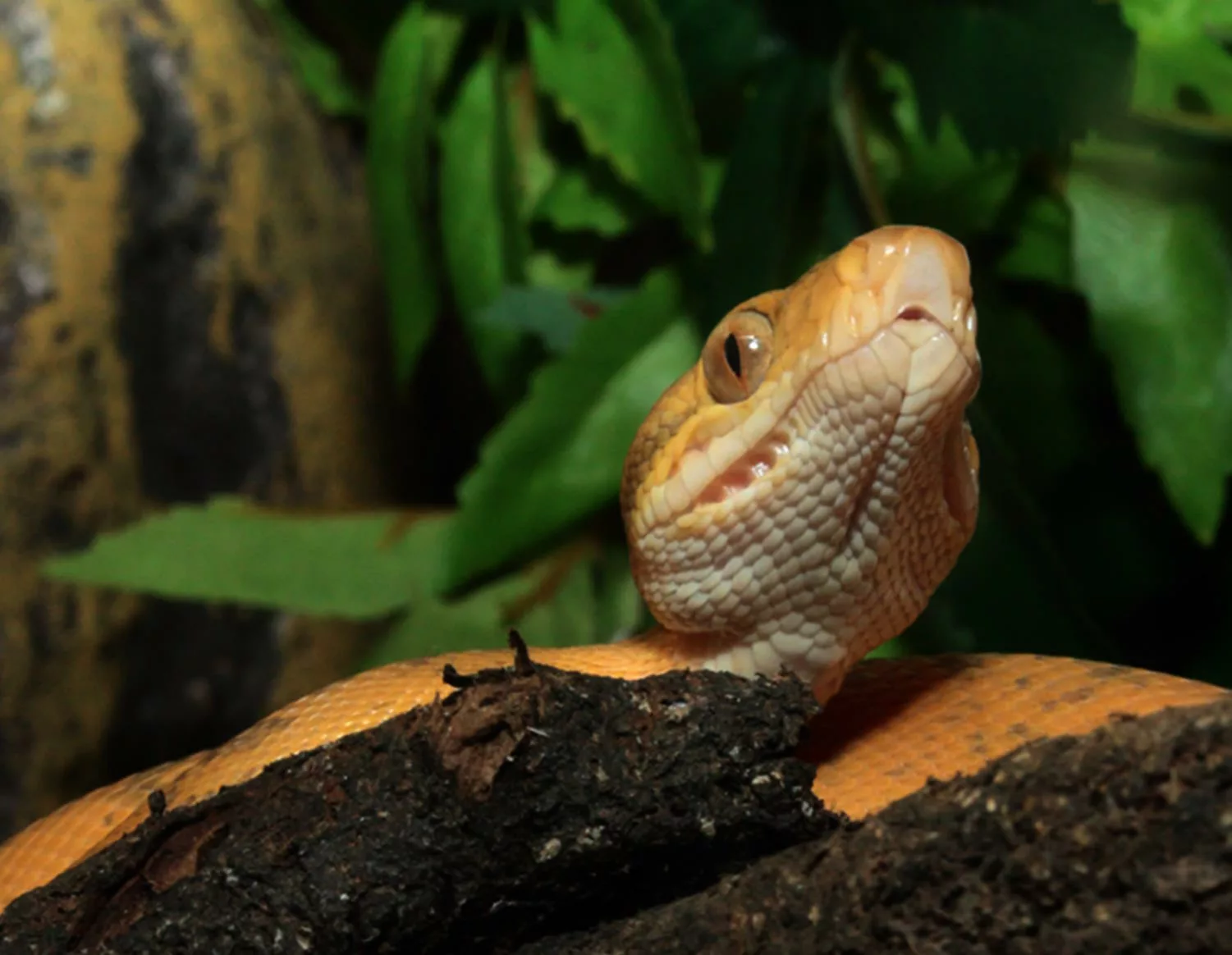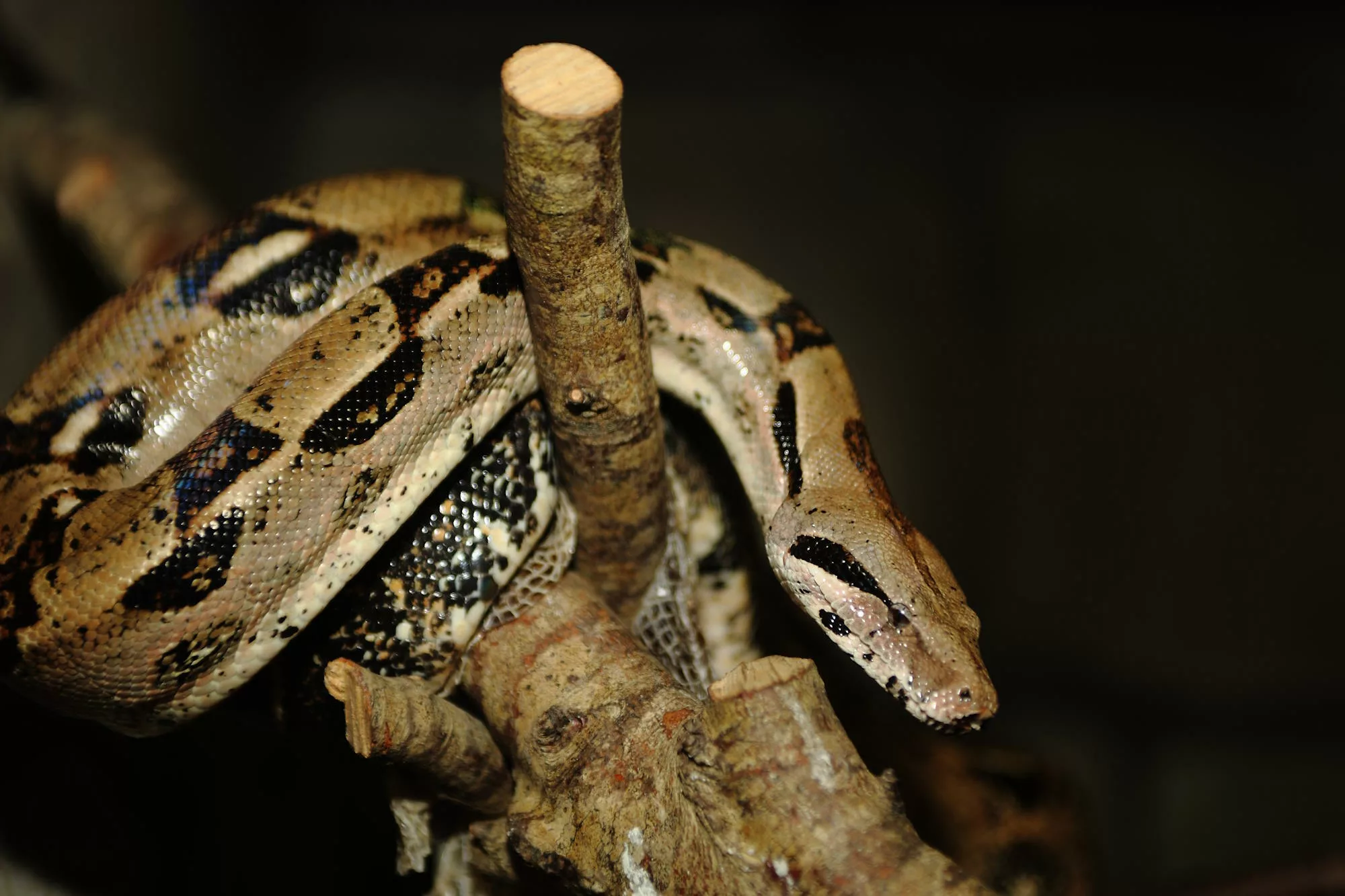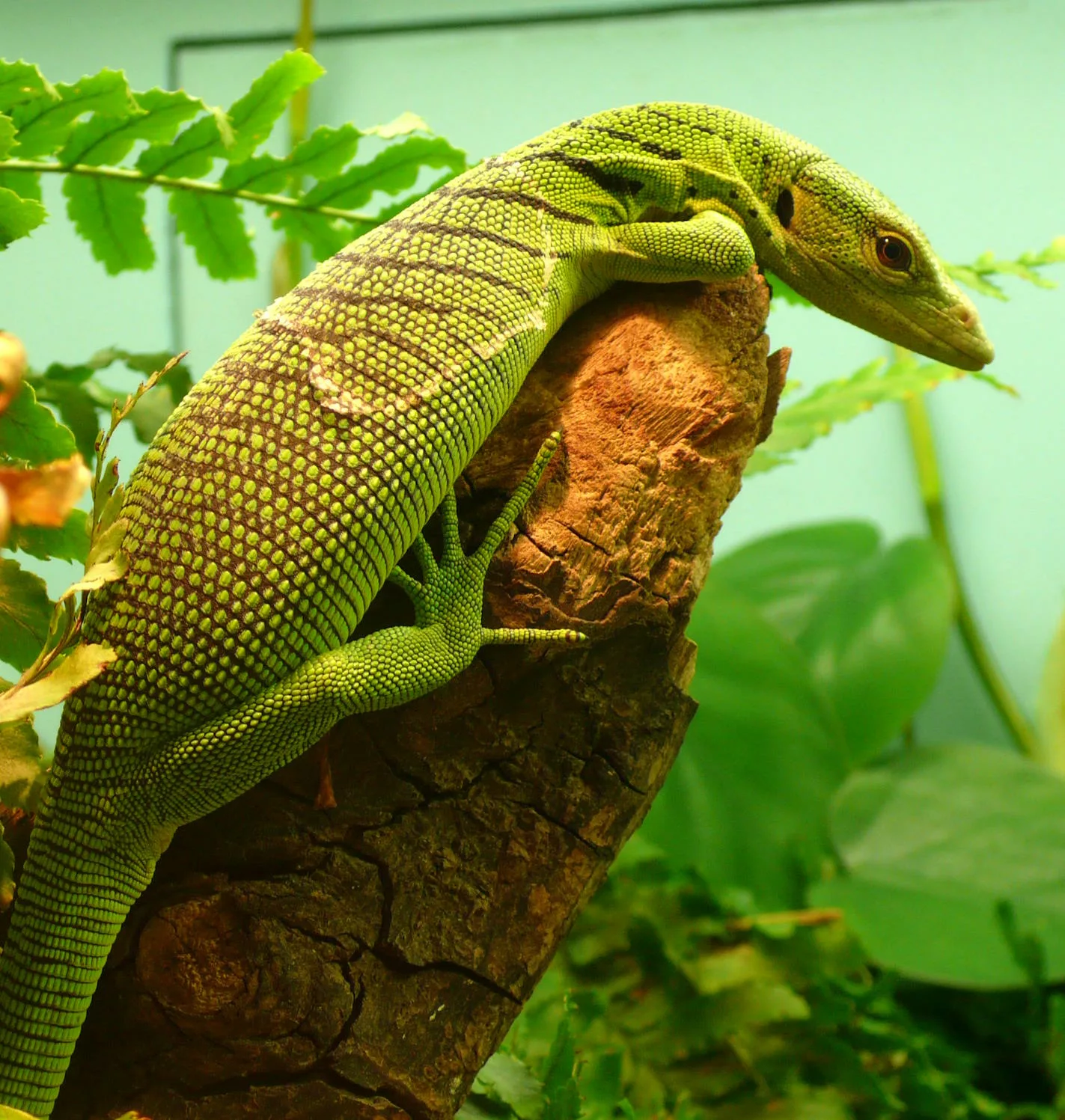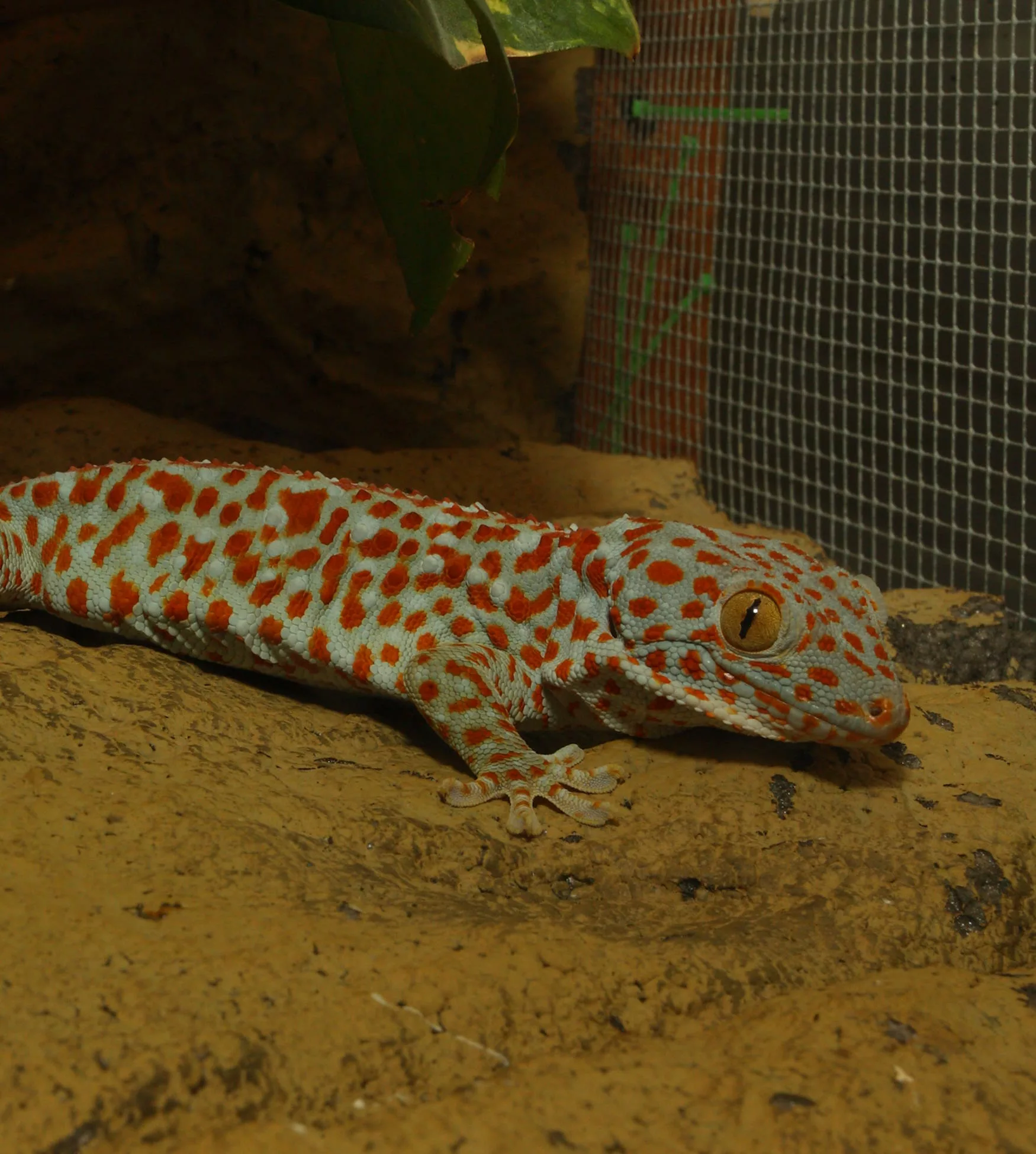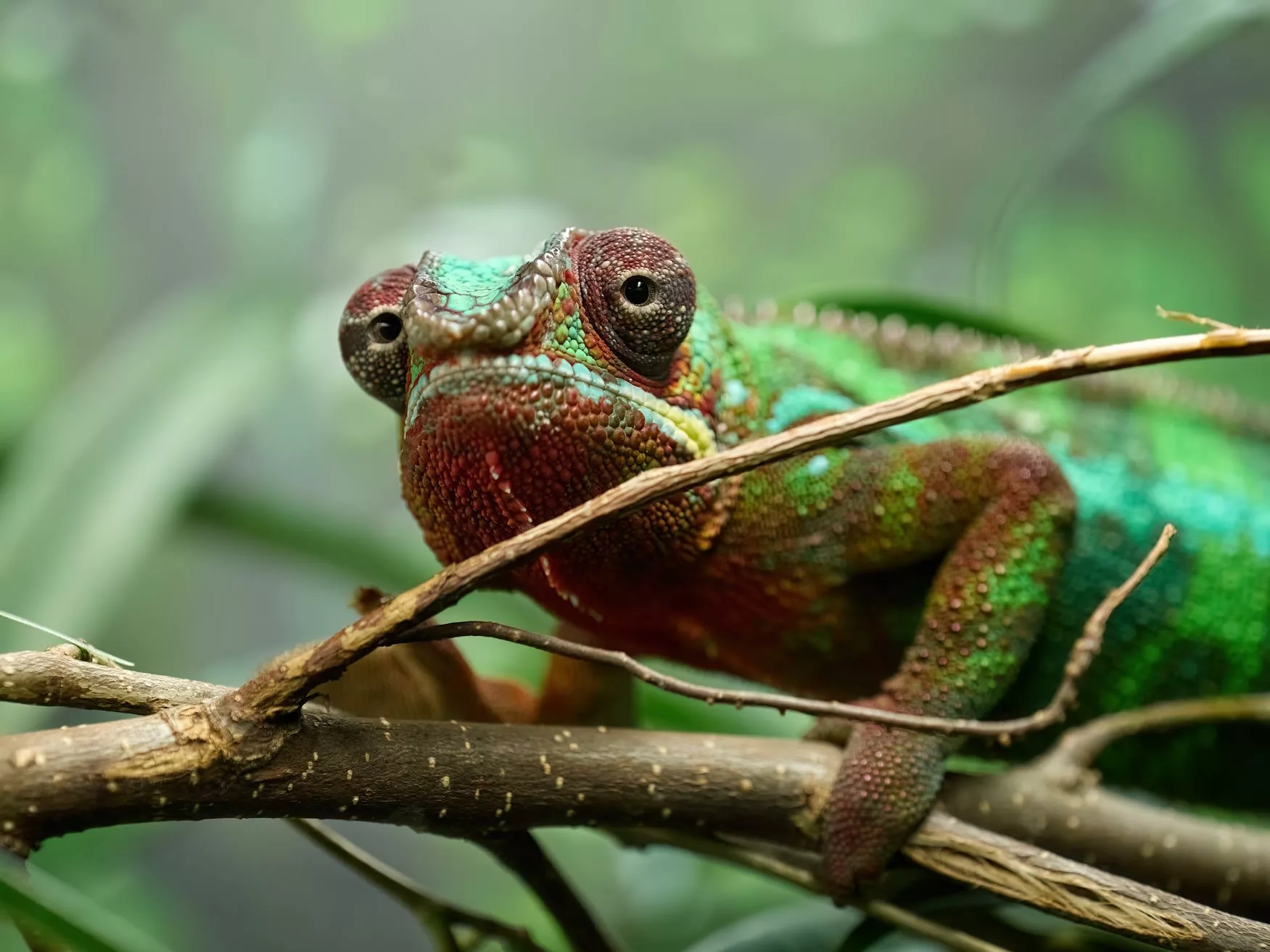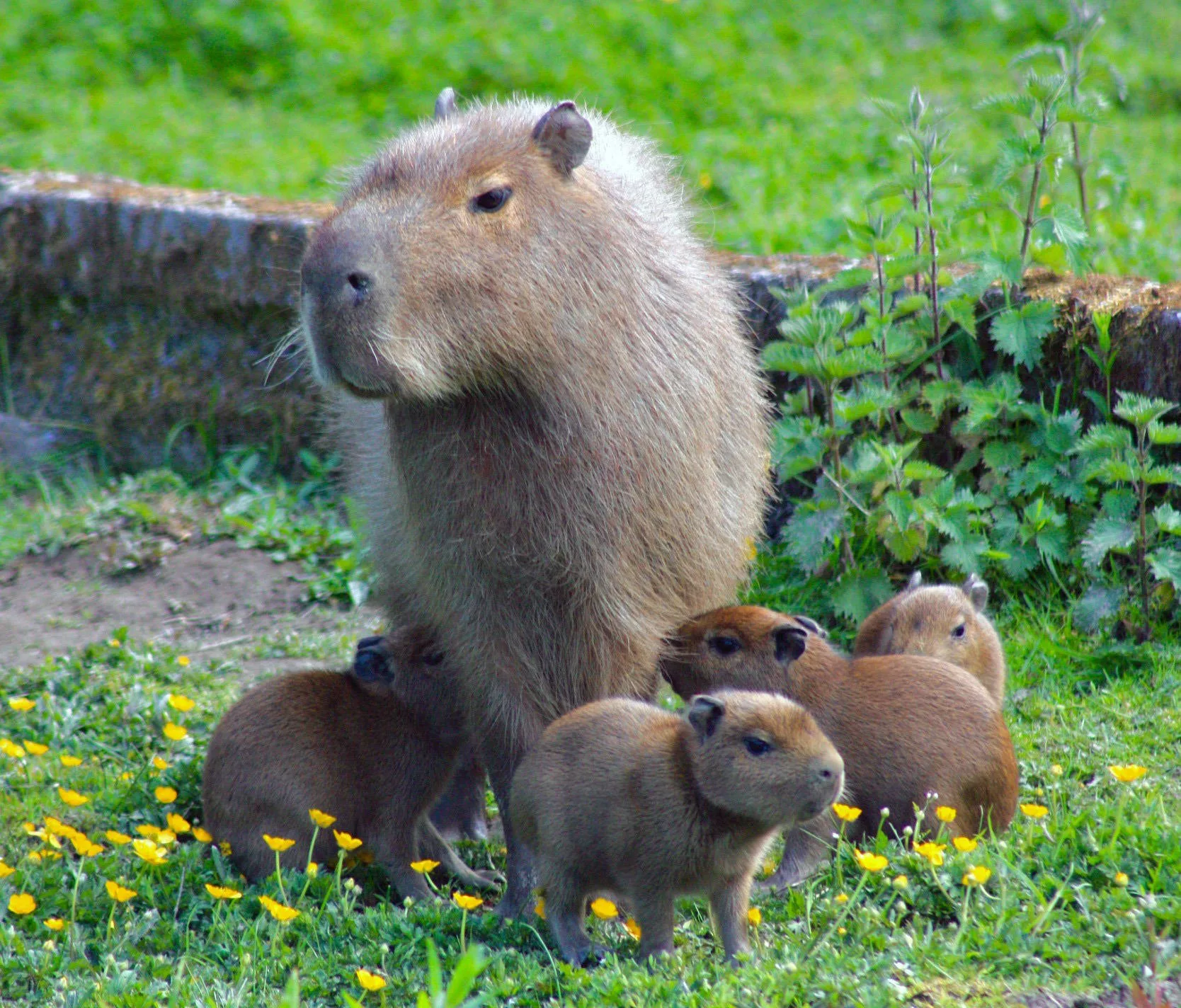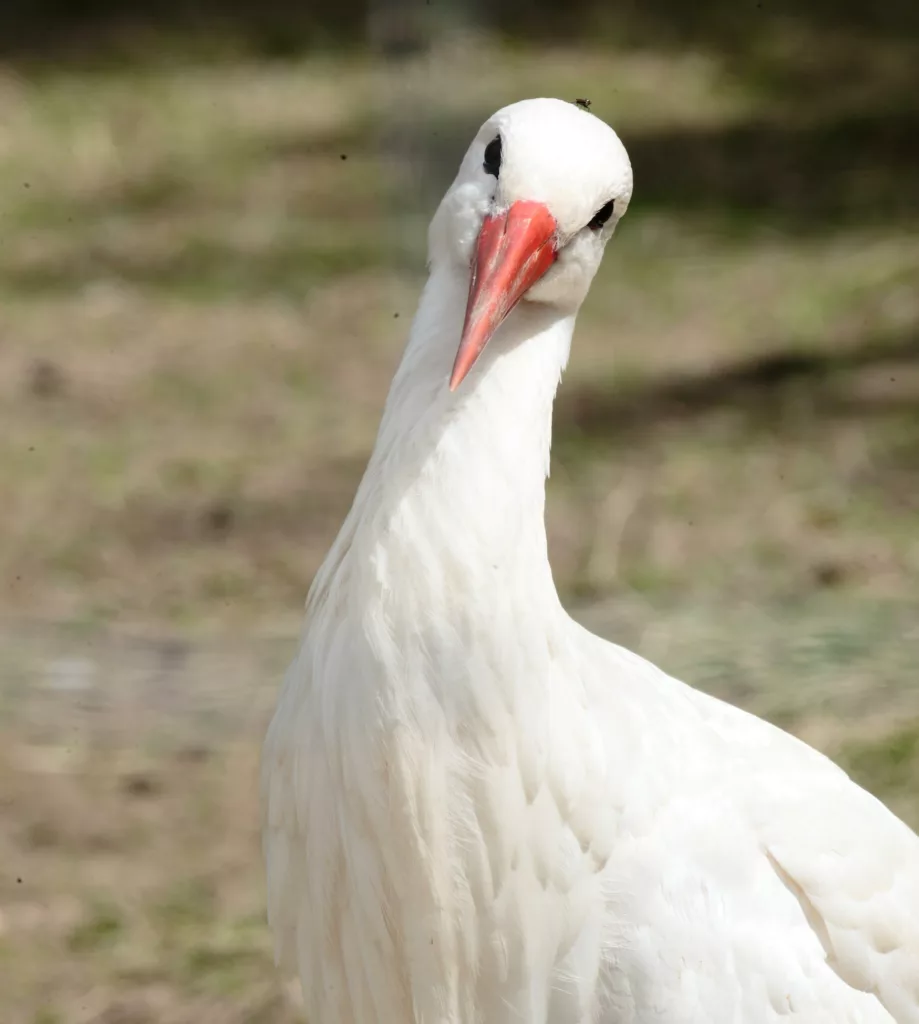
White stork
Scientific name: Ciconia ciconia
IUCN listed as: Least Concern
Learn before you visit!
Here are some facts about the species – Discover what they eat, find out about their natural habitat, see what they like to do, and more… Set the reading style to suit you too, everyday speak or something aimed towards children.
Child-friendly
Everyday
Diet
White Storks are omnivorous and primarily feed on a variety of small animals, including insects, frogs, small mammals, and even birds. They forage in wetlands, grasslands, and agricultural fields, using their long bills to catch prey. Their diet can also include fish and earthworms. During the breeding season, their dietary needs increase, requiring more protein to feed their young. This diverse diet helps them adapt to different environments and ensures they get the necessary nutrients.
White Storks eat small animals like insects, frogs, and mice. They use their long bills to catch food in fields and wetlands. They also eat fish and worms. During breeding, they need more food to feed their chicks.
Breeding
White Storks breed in spring, often building large nests in high places like trees, rooftops, and poles. These nests are made from sticks and can be reused and expanded each year. Females typically lay 3-5 eggs, which are incubated for about 33-34 days. Both parents share the responsibility of incubating the eggs and feeding the chicks. The chicks fledge at around 58-64 days old but remain dependent on their parents for some time after.
White Storks build large nests in high places like trees and rooftops. They lay 3-5 eggs, and both parents take turns keeping the eggs warm. The chicks hatch in about 33 days and leave the nest after two months. Parents keep feeding the chicks even after they leave the nest.
Habitat
White Storks inhabit a range of environments, including wetlands, grasslands, and agricultural fields across Europe, North Africa, and parts of Asia. They prefer open areas with abundant food sources and nesting sites. These birds migrate to Africa during the winter, traveling long distances. Habitat destruction and changes in agricultural practices pose threats to their populations. Conservation efforts focus on protecting wetlands and maintaining traditional agricultural landscapes.
White Storks live in wetlands, fields, and grasslands in Europe, North Africa, and Asia. They like open areas with plenty of food. They migrate to Africa in winter. Protecting their habitats is important for their survival.
At the zoo
In zoos, White Storks are kept in enclosures that provide ample space for flying and nesting. Their diet in captivity includes fish, insects, and small rodents to replicate their natural diet. Zoos play a crucial role in educating the public about White Storks and their conservation. Breeding programs in zoos help maintain healthy populations and provide opportunities for research. These efforts support the conservation of the species and their habitats.
In zoos, White Storks live in large areas where they can fly and nest. They eat fish, insects, and small animals. Zoos help people learn about these birds and their needs. Breeding programs help keep their numbers healthy.
Behaviour
White Storks are social birds, often seen in flocks during migration and outside the breeding season. They are known for their large, conspicuous nests and their habit of clattering their bills as a form of communication. These birds are diurnal, spending their days foraging and their nights roosting in tall trees or man-made structures. Their migratory behaviour is well-documented, with some populations traveling over 20,000 kilometres annually. These behaviours are essential for their survival and reproduction.
White Storks are social and often seen in groups. They make a clattering sound with their bills to communicate. They are active during the day, looking for food. They migrate long distances, sometimes over 20,000 kilometres.
Fun facts
- Big Migrators: They travel very far during migration.
- Huge Nests: Their nests are big and can be used every year.
- Varied Diet: They eat insects, fish, and small animals.
- Noisy Bills: They make noise with their bills to talk to each other.
- Group Living: They like to live and move in groups.
- Long-Distance Travellers: They migrate thousands of kilometres each year.
- Large Nests: Their nests can be very large and are used year after year.
- Omnivorous Diet: They eat a variety of foods, including insects, fish, and small mammals.
- Bill Clattering: They make a clattering sound with their bills to communicate.
- Social Birds: They often live and travel in flocks.
More animals to discover at our zoo
Quick Links
Tickets & Prices
You can buy tickets for Exmoor Zoo securely online, as well as finding out more price options, discover offers, and more…
What’s on…
Exmoor Zoo hosts incredible Events all through the year. You can find out about what we’ve got in store here…
Routes & info
Like any great discovery, Exmoor Zoo can feel a little off the beaten path – but don’t worry – you can plan your journey with our recommended routes and other useful travel info.
